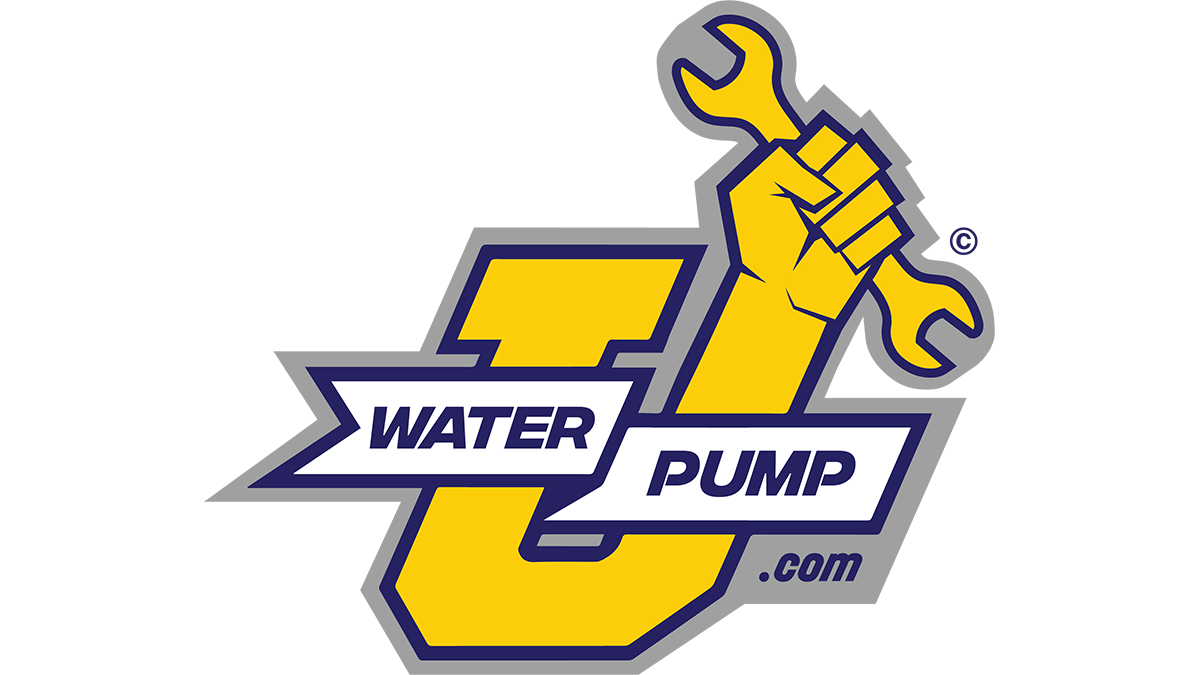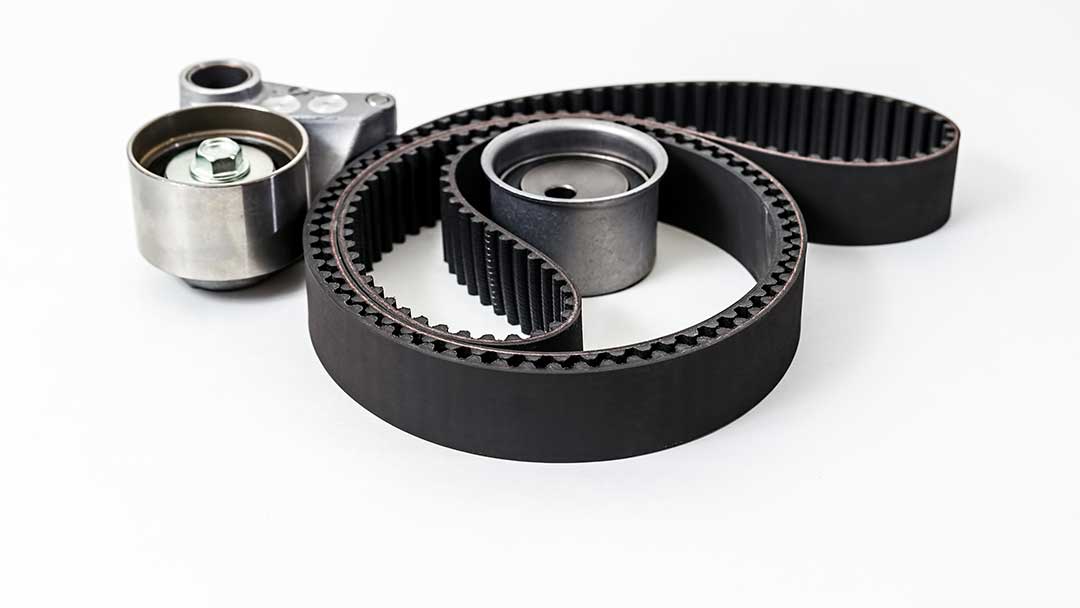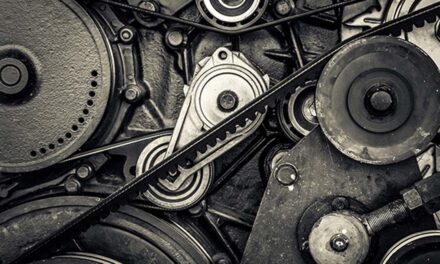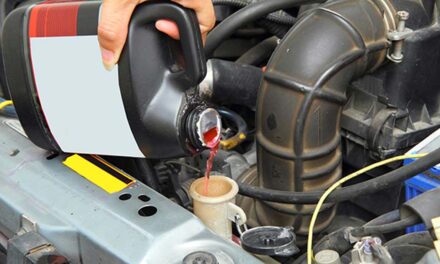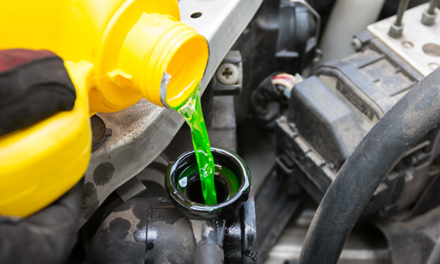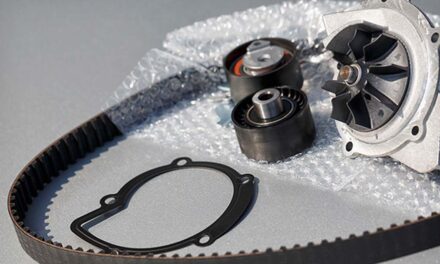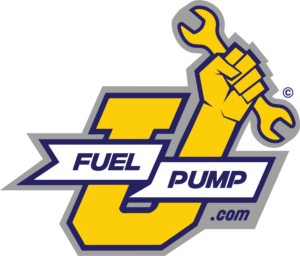The serpentine belt took the place of the multiple belt system for running engine accessories due to its improved performance. The serpentine belt is a single, wider, and stronger belt with multiple ribs that operates all the accessories.
Using a singular belt with increased width and strength prevents belt slippage and allows the use of smaller pulleys to reduce the drag on the engine, thereby enhancing fuel economy.
Serpentine belts typically have a service life of 60,000 to 90,000 miles. (Check your owner’s manual for specifications on your vehicle.) The disadvantage to a serpentine belt system is that when the belt fails, all the accessories will stop functioning. This can lead to overheating, no electrical supply from the alternator leading to a dead battery, no air conditioning, and loss of power steering.
Tensioners and components
Serpentine belt operating systems are tensioned automatically with a spring-loaded, hydraulic or manually adjusted tensioner. Generally, the tensioning system uses a combination of an idler pulley and a tensioner pulley. The purpose of the idler pulley is to maintain belt alignment, and the automatic tensioner maintains the tension under all loads.
Tensioner Types
Spring-loaded: This is the most common type of tensioner in use. It has a main body that bolts to the engine block and houses the spring. An arm with a smooth or grooved pulley extends from the main body.
The arm pivots from side to side to either apply or loosen the tension for belt removal. Depending on the make of the vehicle, the tools necessary to rotate the tensioners vary. Some use a wrench, while others use a socket or ratchet to engage and rotate the tensioner.
The tensioner pulley is either nylon or steel and depending on which side of the belt the tension is applied, it may be ribbed or smooth. Most tensioners will have a set of marks on the body to indicate a worn or stretched belt.
The mark on the tensioner arm must fall within the marks on the body of the tensioner. If the mark on the arm extends past the marks on the tensioner body, the arm is overextended, indicating a worn belt.
Hydraulic Tensioners
Hydraulic tensioners look similar to spring-loaded tensioners with the exception of a hydraulic cylinder resembling a shock absorber being mounted to the tensioner arm.
Tension is applied in the same manner as with the spring-loaded tensioner.
Manually Tensioned
Manually tensioned serpentine belt tensioners are usually located on the alternator. The tensioner pulley is mounted on a bracket with an adjuster bolt. The adjuster bolt allows the pulley to move up or down. When the serpentine belt is installed, the bolt in the tensioner pulley is adjusted until the proper tension is obtained.
Indications of tensioner failure:
- Tensioner spring cover is broken, causing the spring to be exposed. Tensioner exhibits a lack of tension.
- Tensioner arm wobbles.
- Tensioner pulley shows excessive wear beyond the limits indicated on the tensioner body.
- Noise can be heard when the engine is running indicating bearing failure.
